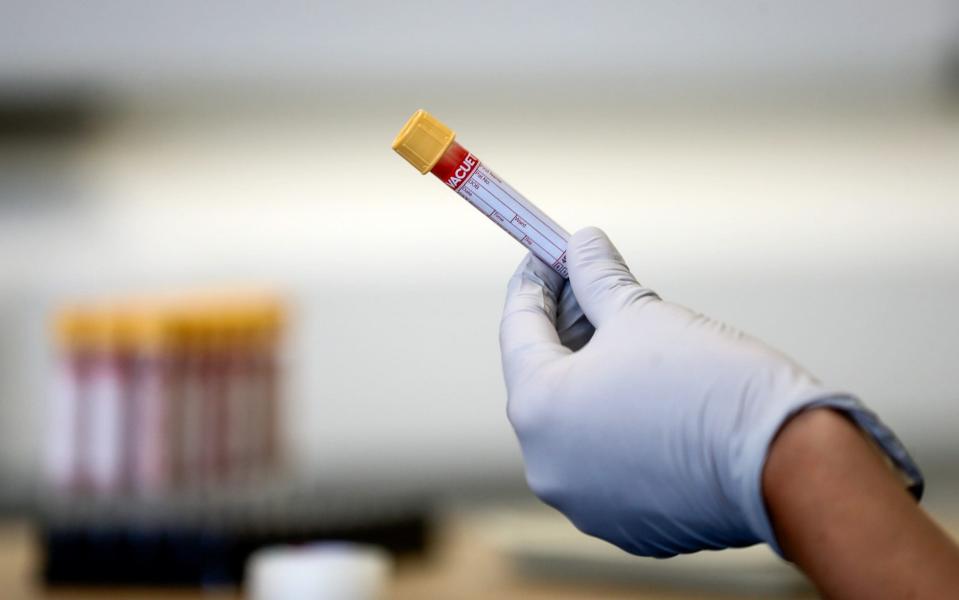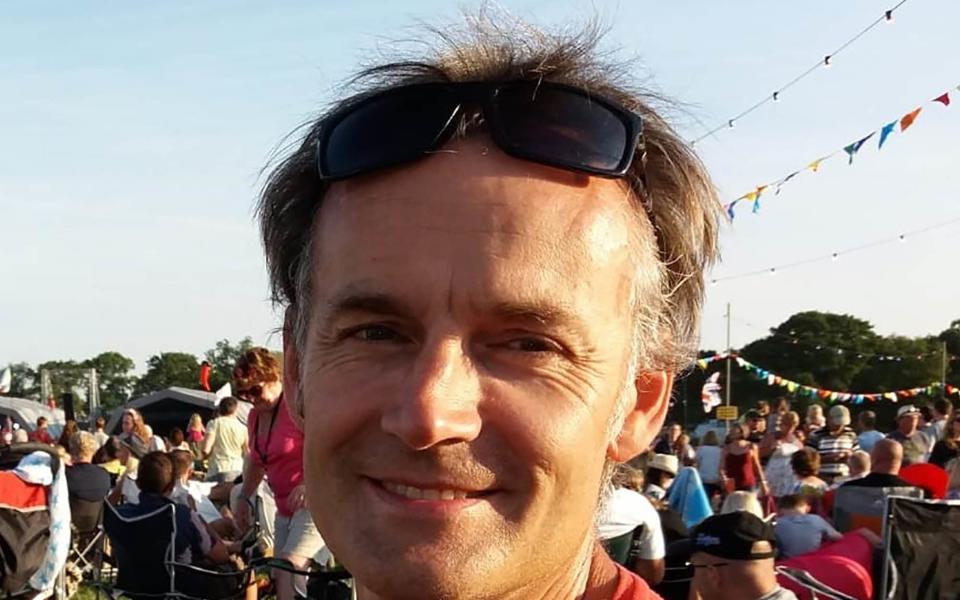Brighton 'superspreader': How PHE failed to track, trace or isolate contacts in time


In early February, as the Government announced a first Briton had tested Covid-19 positive in the UK, Public Health England was already falling flat on its face.
A centralised team of 290 contact tracers had been alerted to the case of Steve Walsh, who would come to be known as Brighton's “superspreader”, linked to at least 11 infections.
But in those crucial first days after he returned to the South Coast, having flown in from Singapore via a ski-ing holiday in France, PHE failed to track, trace, or, indeed, isolate his contacts in time.
One Brighton man, Jonathan Burrell, who took part in a yoga class with Mr Walsh in the days after his return to the UK has told how it took six days for him to be alerted by health officials. During the intervening week, he had met hundreds of people, took part in a cross country race, and visited his elderly father. “I then had a mild panic considering the number of people I had been in contact with over the previous week," Mr Burrell said this week.
The race to contain Covid had only just begun, yet thoughts at the Scientific Advisory Group for Emergencies (Sage) meetings were already turning to how contact tracing should be scaled down. By February 11, PHE was tasked by the key Government advisors to "develop criteria for when contact tracing is no longer worthwhile".
As this newspaper disclosed last week, the seeds were being sown for Britain’s disastrous decision to abandon routine testing because systems could only seemingly cope with a handful of cases a week. PHE has since insisted it was able to cope with at least five new cases a week at this stage, though it has been unable to say what its capacity amounted to.
By March 13, however, as the virus accelerated through the UK, routine testing and tracing of all cases of Covid-19 was stopped completely, with efforts limited to hospital cases, staff and suspected clusters of transmission. It was a decision that decimated any hopes of a smooth route out of lockdown.
"Public Health England should not have found themselves in the position in March when they were abandoning attempts to follow it up in the community," said Professor Gabriel Scally, president of the epidemiology and public health section of the Royal Society of Medicine and a member of Independent Sage. "It should have been put on steroids at this point."

On April 4, less than two weeks after lockdown on March 23, ministers announced a “five pillar” strategy on testing, which split responsibility for delivery of different types of testing between PHE, the DHSC and other agencies.
The pillar on surveillance splits responsibility still further, with duties shared between PHE and the ONS. And while early testing of the first cases was led by PHE, the “test and trace” programme for new cases which launched last month is largely led by the DHSC.
Prof Scally says the chances of a new 'world-beating' community testing regime are "ridiculous". To get it to that state from a standing start is like trying a moon shot the week after next," he says.
Professor Deenan Pillay, a virologist at University College London and a member of Sage during swine flu in 2009, says the problems for PHE had been pre-determined by the end of January. He argues that PHE should have already by that stage been seeking to pool resources with the NHS and local authorities weeks before the case of Mr Walsh in Brighton. "Things could have been very different," he said.
When notified by The Sunday Telegraph yesterday, Duncan Selbie, chief executive at PHE, said in a statement: “There is nothing critical of PHE in what Sage had to say. It is a simple statement of fact that the scale of community serology testing would be more appropriate for the ONS, a decision that PHE supported and welcomed. PHE operates reference laboratories for novel and dangerous pathogens, not large scale pathology services.”
Footage of a meeting between Boris Johnson and Prof Yvonne Doyle, PHE's director for health protection, on March 1 shows the Prime Minister asking if those coming into the UK are automatically tested, or just those who are symptomatic. The policy was to only test those coming from such countries if they announced they had symptoms of the virus. In the footage, broadcast on Channel 4’s Dispatches, Prof Doyle appears to imply that anyone coming from “hot zones” would get a test.
Last night PHE refuted the suggestion it misled the PM. "All symptomatic people coming from these so-called hot zones would have got a test - that was well understood by everyone," a source at the organisation said.

 Yahoo News
Yahoo News 